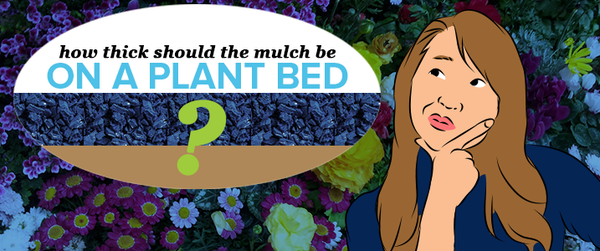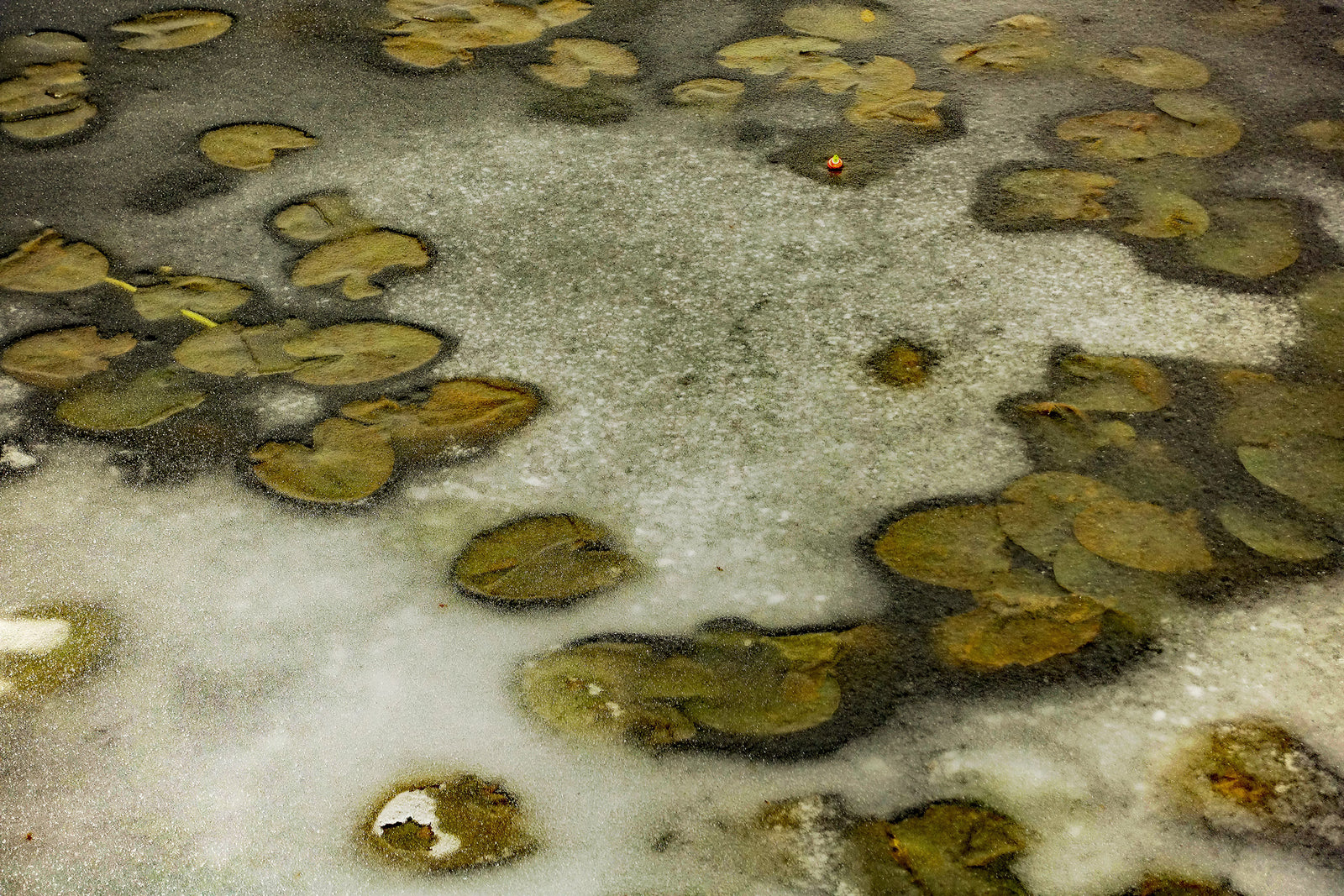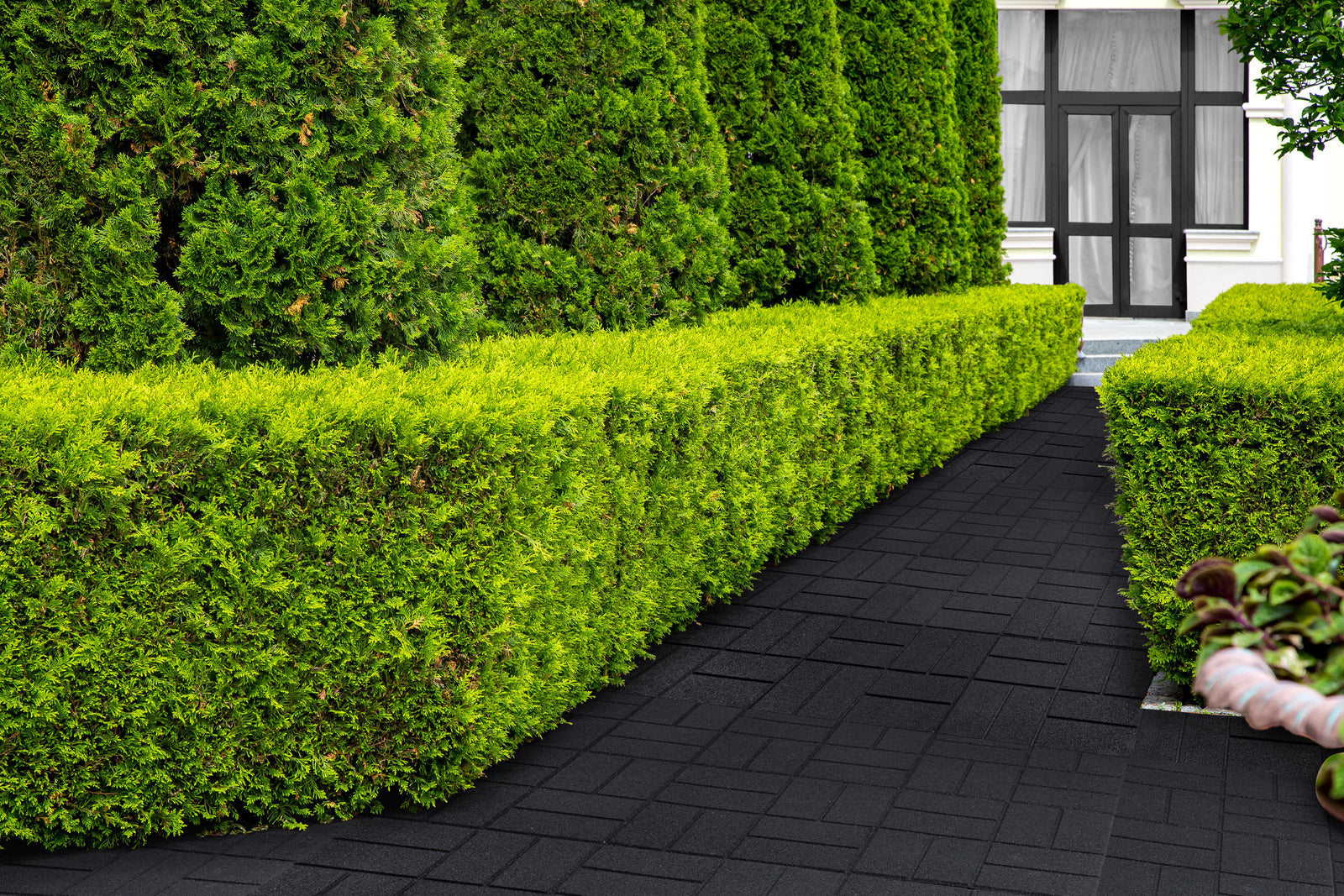October 19, 2023
How Deep Should Mulch Be?

What is the Recommended Mulch Thickness for Weed Control?
For effective weed prevention, applying a 2-3 inch layer of mulch is recommended. This thickness effectively suppresses weed growth, retains soil moisture, and maximizes the impact of fertilizer. Ensure the mulch is spread evenly over an area that has been previously weeded for optimal results.
How Should Mulch be Used for Aesthetic Landscaping Designs?
When using mulch for aesthetic, mosaic-like landscaping designs, it's important to plan your pattern beforehand. Drawing and coloring your design can assist in determining the needed texture, size, and volume of mulch for each color. For specialized design needs, consulting a gardener or mulch supplier can provide additional insights and guidance.
What are the Guidelines for Mulching in Different Soil Conditions?
- Damp Soil: In areas with consistently damp soil or in low-lying regions, avoid using thick mulch layers. Excessive mulching can lead to trapped moisture, root rot, and fungal growth.
- Arid Soil: In dry, arid conditions, a thinner mulch layer is preferable to avoid intensifying heat which can damage plant roots.
- Sloping Areas: For sloped terrains, a thicker mulch layer, about 4 inches, is beneficial. It may also be necessary to construct a border to prevent the mulch from washing away.
Where Should Mulch Not be Applied?
- Base of Trees: Avoid "volcano mulching," which involves piling mulch against tree trunks. This can cause excess heat and potentially harm or kill the tree. Instead, leave a six-inch radius around the tree base for proper root growth.
- Seedlings: Refrain from applying thick mulch around young seedlings, as it can smother their growth.
How Can You Calculate the Amount of Mulch Needed for Your Garden?
To estimate the required mulch volume, multiply the length and width of your garden bed in feet, then divide this number by three. This calculation gives an approximate volume in cubic feet for a four-inch layer of mulch. For more accurate measurements, consider using online calculators or consult with mulch suppliers who often offer customer support for these estimates.
Adhering to these mulching tips and techniques will help enhance your garden's health and appearance.
Resources:
- wikihow.com/Apply-Mulch
- familyhandyman.com/garden/mulch-guide
- yourgreenpal.com/blog/how-thick-should-i-mulch-my-beds
- happydiyhome.com/cheap-mulch

Also in Rubber Mulch Blog

Embracing Eco-Friendliness by Choosing Rubber Mulch for Your Playground
June 17, 2025
“Reuse, Recycle, and Reduce” are three main aims when it comes to preserving the health of our planet. Rubber mulch definitely falls within their scope. Conserving resources, energy efficiency, and better health for kids are all rubber mulch benefits.

Effective Mold and Fungi Prevention: The Hidden Value of Rubber Mulch
October 31, 2024

Create Your Own Sensory Path with Rubber Pavers
October 28, 2024
shop
Copyright © 2025 RubberMulch.com - All Rights Reserved.






